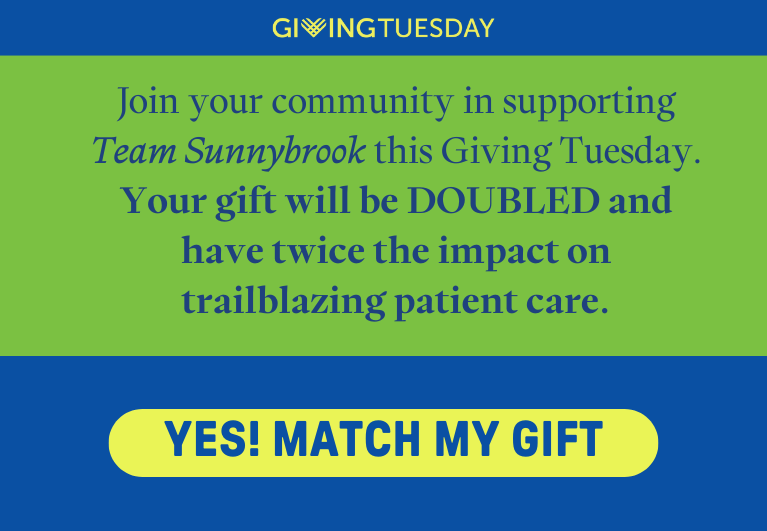Blocking host-assisted tumor growth may explain how antiangiogenic drugs improve the effects of other anticancer drugs
Toronto, Ont. – Scientists at Sunnybrook Research Institute have uncovered critical information that helps to explain why a combination of cancer therapies, which may include chemotherapy and antiangiogenic drugs, is a more effective approach in treating cancer.
The research, to be published in the latest issue of Science, revolves around bone-marrow derived circulating endothelial progenitor cells (CEPs), which play a role in influencing tumor growth dynamics and angiogenesis and vascular targeting. It was found that CEPs are rapidly mobilized in tumorbearing mice following administration of a vascular disrupting agent (VDA), contributing to subsequent tumor growth and angiogenesis. Blocking this CEP spike by antiangiogenic drugs or by genetic manipulation resulted in marked reductions in tumor size and blood flow.
The Sunnybrook team included Dr. Robert S. Kerbel, a Senior Scientist at Sunnybrook and a Canada Research Chair in Tumor Biology, Angiogenesis and Antiangiogenic Therapy, Dr. Yuval Shaked, a post-doctoral fellow and lead investigator in the study and Dr. Stuart Foster, imaging scientist, as well as Dr. Robert Benezra and Dr. Alessia Ciarrocchi, both of Memorial-Sloan Kettering Cancer Institute.
Although CEP levels in vessels of untreated tumors are typically quite low, it was found that these levels rose suddenly and dramatically in response to acute stress, such as that caused by the administration of Combretastatin-A4 or OXi-4503. When an antiangiogenic drug similar to Avastin – which normally blocks mobilization of CEPs - was administered before treatment with a VDA, tumor rim size and blood flow was reduced. VDAs cause rapid drops in tumor blood flow and like cytotoxic chemotherapy, can induce robust tumor cell killing. But the tumors tend to grow back quickly from an unaffected rim of viable tumor cells.
“Our results provide an additional mechanistic rationale for the enhanced efficacy of VDAs when combined with an antiangiogenic drug,” explains Dr. Kerbel, a Canada Research Chair and a Professor in University of Toronto’s Department of Medical Biophysics and Department of Laboratory Medicine and Pathobiology. “One now has to view the many studies showing very low levels of CEPs in tumors in a new light, as the situation can change suddenly after the implementation of certain therapies. What makes this study potentially so important is that similar to VDAs, our team and others have reported evidence that certain conventional chemotherapy drugs administered at the maximum-tolerated dose, followed by a long break, can cause a similar and rapid marked mobilization of CEPs.”
Dr. Kerbel concludes that this chemotherapy-induced CEP mobilization could contribute to lessening the anti-tumor impact of chemotherapy by inadvertently stimulating tumor angiogenesis and hence tumor growth. “This may be one of the ways that the addition of an antiangiogenic drug, like Avastin, to chemotherapy makes chemotherapy work better – by eliminating, or minimizing, this reactive post-CEP rebound phenomenon. The implications of our results could be significant since they may not apply only to VDAs, which are not yet clinically approved drugs, but also to conventional chemotherapy,” offers Dr. Kerbel, whose team is working on testing this hypothesis now.
Dr. Kerbel has made several seminal contributions in the field of tumor angiogenesis and anti-angiogenic therapy of cancer, and is recognized as one of the world’s leading investigators in this area of cancer research. According to Kerbel, “Tumor angiogenesis is a field that now holds great promise for improving the treatment of cancer patients.”








